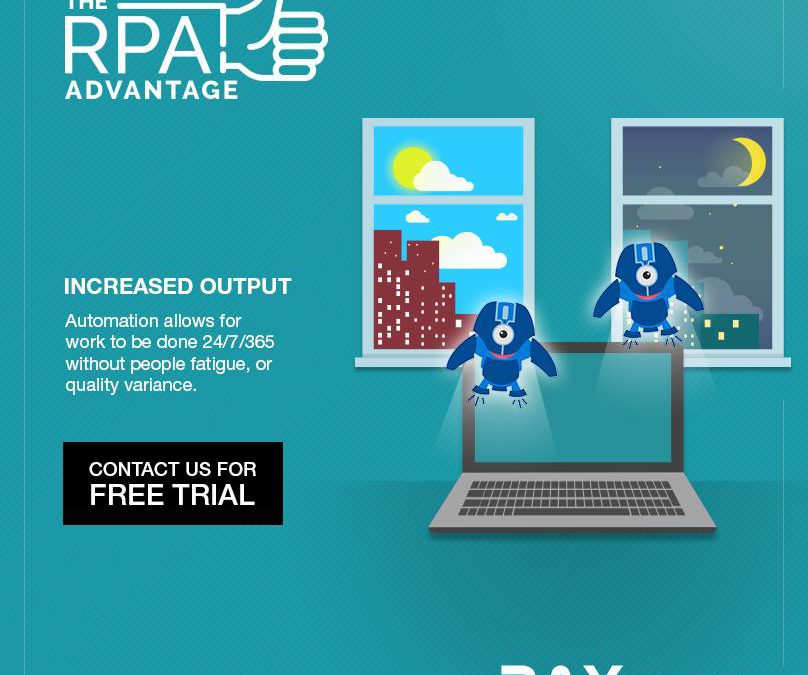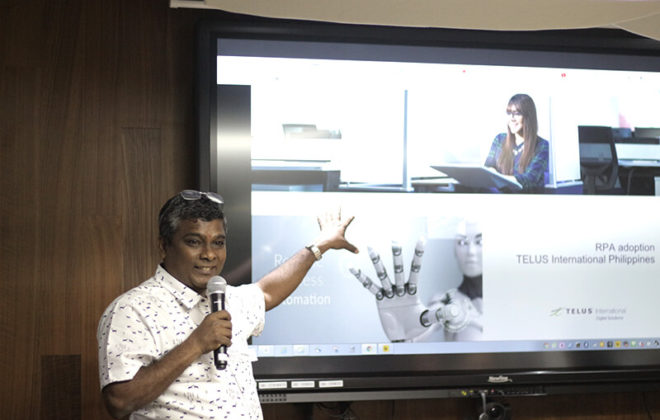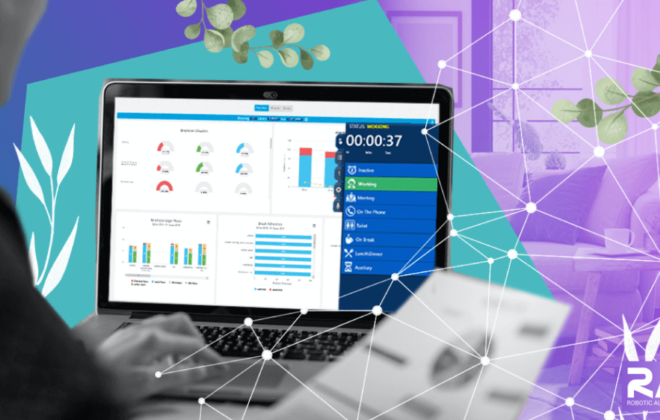RPA Through the Years and Its Promising Future with AI
Businesses have changed through the years thanks to technology. Manual repetitive tasks have long since been automated in order to produce merchandise in a timely manner with the assurance of consistent quality. Machines handle routine manufacturing activities across diverse industries nowadays and centuries have passed since tasks that used to take laborers several hours or even days are now done in a matter of minutes.
In today’s Digital Age, as we shift to a world where the economy is largely based on information computerization, we face issues comparable to what businesses encountered during the Industrial Revolution. A large percentage of our workforce handle repetitive assignments on a daily basis whether it be inputting the same information on several different platforms or gathering data across multiple websites. This is where Robotic Process Automation (RPA) assists us.
Robotic Process Automation is a type of automation that uses computer software to layout processes and activities in a workflow in order to perform tasks similar to how a human performs but with undeviating results and rapid processing. This allows our workforce to concentrate on more strategic tasks and find creative ways to improve our products to assure personal and client satisfaction. Engagements that any automation tool is incapable of handling.
The Evolution of Robotic Process Automation
Aided RPA
During its infancy, RPA performed with the assistance of a user, confirmations and inputs were necessary to trigger a bot to carry out a task. During this stage, bots were executed on the user’s desktop and were challenging to scale.
Unaided RPA
Unaided RPA followed where bots were able to execute their tasks through scheduling and queuing via a centralized management system. Deployments were done from a Virtual Machine.
Independent RPA
Here the bots had the ability to process advanced analytics and complex workflows. The ability to analyze context was also introduced. Cloud-based deployments were added to the centralized management systems.
Cognitive RPA
The current state of RPA where Artificial Intelligence, the ability to emulate a human’s capability to learn through our sense of sight and significant experiences, is implemented. This would include Machine Learning and Data Science among others.
Artificial Intelligence lends a hand to RPA solutions
Machine Learning provides RPA software the ability to learn without clear-cut programming whether it be with structured or unstructured data. Through the use of machine learning algorithms, the bot teaches itself by analyzing an extensive amount of data, identifying patterns and generating data-driven predictions based on the analysis.
When you want to teach a person new skills you have to assure that the lessons taught are precise and significant in order for the individual to learn and produce the expected outcome, the same goes with machine learning. The accuracy of the data being fed during the learning process is crucial in order to produce desired results hence should be monitored closely during training. One could not presume to receive the correct output when the lessons taught, or in this case, the data analyzed were invalid during inception.
Artificial Intelligence in RPA enables the tools to find inaccurate credit application records and detect fraudulent activities swiftly and flawlessly. These allow businesses faster turnaround times for credit card applications that takes ten days of processing originally. This is just an example of how Cognitive RPA is changing automation as we know it.
For a significant amount of time businesses have come to embrace RPA for their back-office work in order to hasten the delivery time for redundant tasks and produce accurate results. With the assistance of Artificial Intelligence and how cognitive automation gradually changes the business landscape, RPA pushes the envelope even further as it reveals even more doors for software robots to knock on.





